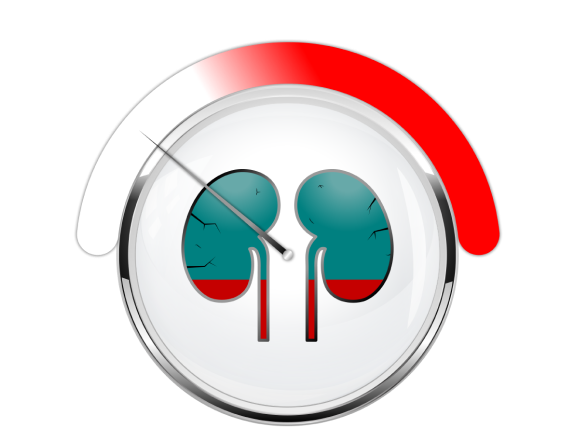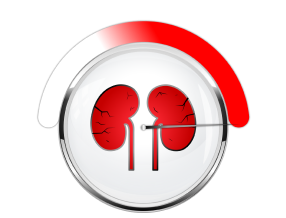DISEASE PROGRESSION
IgA nephropathy (IgAN) has a variable but progressive clinical course, which can negatively impact patients’ quality of life (QoL)1–5
The clinical presentation of IgAN and the risk and rate of progression to end-stage kidney disease (ESKD) is highly variable between patients.1–4
Patients may present with:1–5
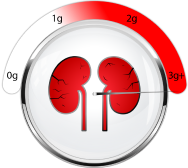
High proteinuria

Macrohematuria
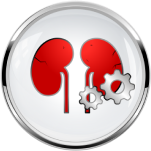
Renal insufficiency

Hypertension
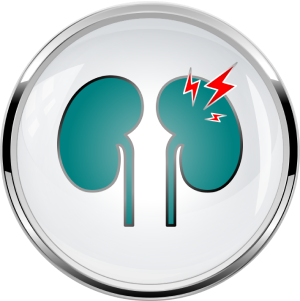
Acute kidney injury

Edema
Kidney biopsy is essential for confirmation of diagnosis in IgAN and to guide subsequent clinical care decisions2,6
Similarly, the rate at which patients progress through different stages of IgAN to kidney failure can be highly variable7–11

Up to 53% of patientsprogress to ESKD within 20 years of an IgAN diagnosis7–9*
In a population-based cohort study (N=3622), patients with IgAN were found to have a:10

53% increased risk of mortality compared to matched controls

6-year reduction in life expectancy compared to matched controls
Variation in clinical course and outcomes leads to delayed diagnosis in patients presenting with established kidney disease.2,11
